Search Results
Showing Results for seizures

Dravet Syndrome UK has launched the Little Moments Matter Awards, a new programme that celebrates the healthcare, social care and education professionals whose dedication provides vital support to families living with Dravet syndrome. Nominations are open until 31 August 2025, and the winners will be announced at DSUK’s Professionals Conference in November.

Seizures are one of the most frequent neurological disorders in neonates − the incidence of seizures in infants born at term is 1–3 per 1,000 live births, and is even higher in both preterm and very-low-birth-weight infants at 1–13 per 1,000 live births.1 Seizures may ...
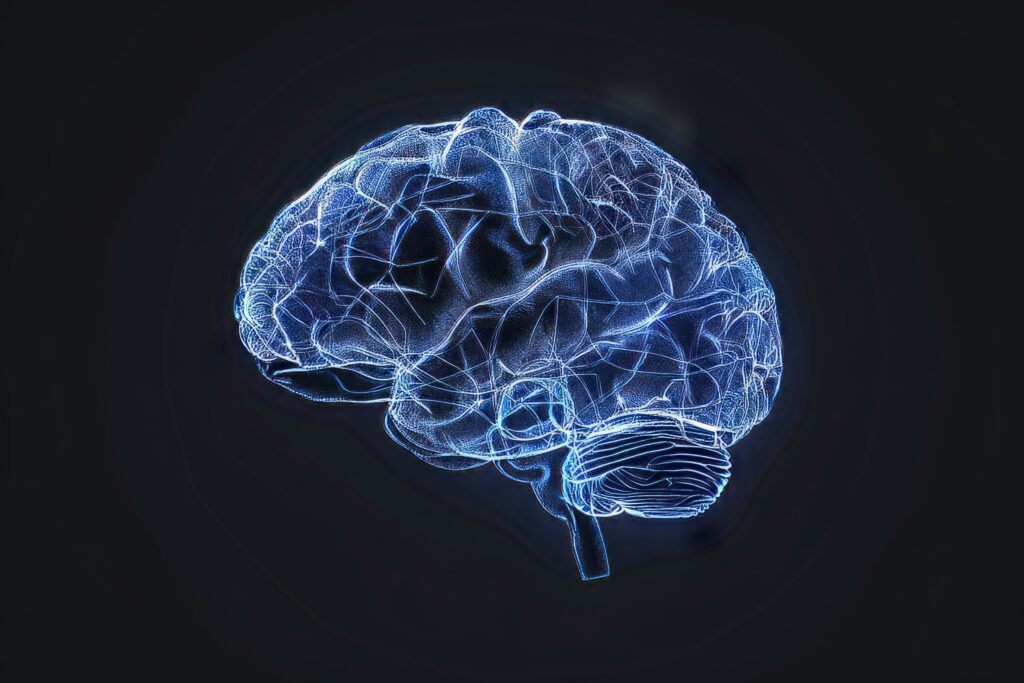
Huntington’s disease (HD) is a neurodegenerative disease inherited in an autosomal dominant manner. It is caused by an expansion of cytosine, adenine, guanine (CAG) repeats within the huntingtin (HTT) gene, which is located on chromosome 4. This pathological expansion of ...

A new guideline has been issued to assist neurologists and clinicians in selecting the best anti-seizure medications for people with epilepsy who may become pregnant. Published in Neurology, the guideline is a collaboration between the American Academy of Neurology (AAN), the American Epilepsy Society (AES) and the Society for Maternal-Fetal Medicine (SMFM), with endorsement from the Child Neurology Society. It updates parts of the 2009 AAN and AES guidelines regarding birth malformations and child development in children born to people with epilepsy.

We're excited to launch a new series of expert Q&As with our editorial board, highlighting their career milestones, top advice, and future insights in their specialties. In this first interview we are honoured to welcome Dr Ruben I Kuzniecky, MD, an internationally recognized leader in epilepsy, epilepsy surgery and neuroimaging.

Welcome to the latest edition of touchREVIEWS in Neurology. We are excited to present a collection of articles that showcase the latest advancements and diverse perspectives in neurological research and treatment. This issue features insightful reviews and editorials from esteemed ...
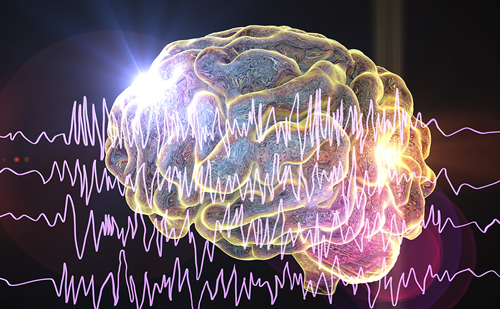
Affecting over 70 million patients worldwide, epilepsy is a chronic neurological disorder characterized by intermittent bursts of hyper-synchronous neuronal discharges.1 The manifestations are variable but reflective of the unique milieu and biology of epileptogenic foci.2 Pharmacological treatment with antiepileptic drugs (AEDs) ...
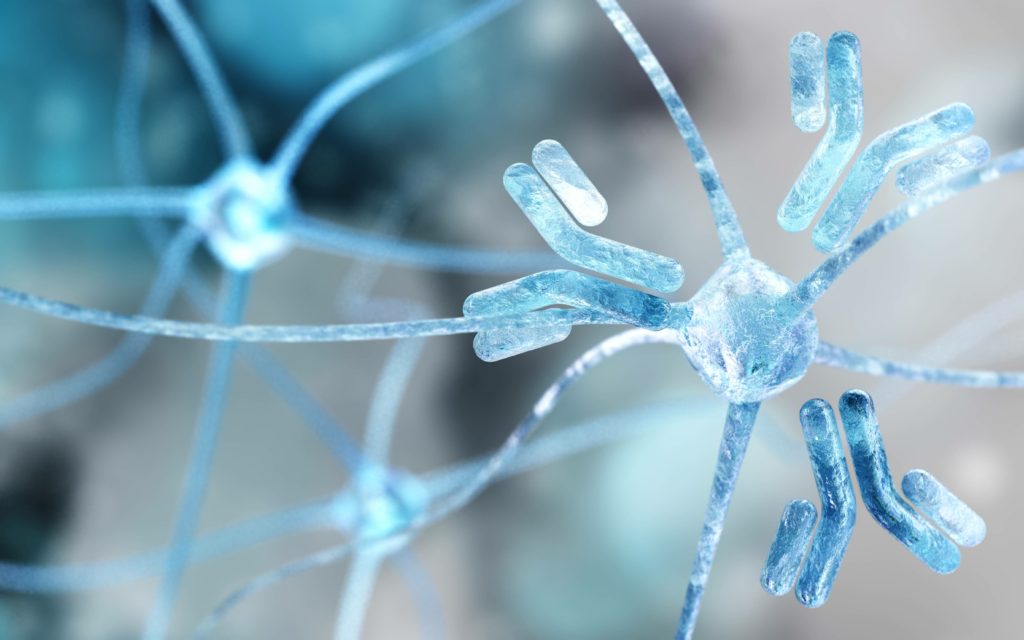
Rescue medications are an important part of the treatment regimen for patients with intractable epilepsy, specifically those who experience seizure clusters or prolonged seizure episodes. Rescue medications are prescribed to end seizure activity quickly and effectively in order to prevent ...
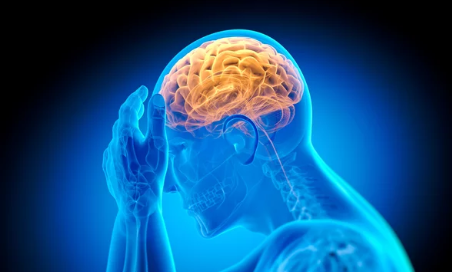
Case study Patient information A 42-year-old woman presented in the emergency department with acute onset whole-body myoclonic jerks for 1 day. On enquiry, the patient’s parents advised that she had a history of depression over the past 15 years. Intermittently, family ...

Dravet syndrome is a rare genetic disorder that affects approximately 1 in 15,700 individuals. It is one of the most severe epilepsy syndromes of early childhood, with high morbidity and mortality rates.1,2 It is characterized by seizures that begin in infancy and ...

In this interview with touchNEUROLOGY, Prof. Jacqueline French (Comprehensive Epilepsy Center, New York University, New York, NY, US) discusses the needs of adults with focal epilepsy and the mechanisms of action of XEN1101, a novel, potent, selective Kv7.2/7.3 potassium channel. ...

The randomized, double-blind, placebo-controlled phase IIb study X-TOLE (NCT03796962) is investigating the efficacy of XEN1101, a novel potassium channel modulator, in adults with focal epilepsy. In this interview with touchNEUROLOGY, Prof. Jacqueline French (Comprehensive Epilepsy Center, New York University, New ...

The novel severe acute respiratory syndrome coronavirus 2 has caused a worldwide pandemic, and its impact on healthcare systems around the world is still being investigated. The potential effect of coronavirus disease 2019 (COVID-19) on people living with dementia and the ability ...
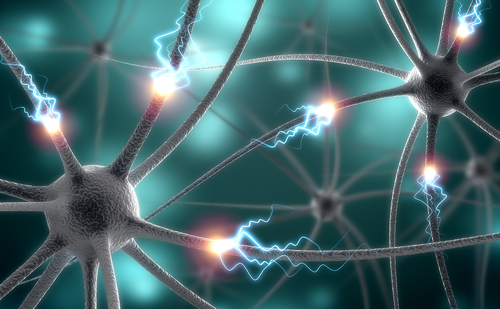
Acute disseminated encephalomyelitis (ADEM), first characterized in 1931,1 is a non-specific clinical syndrome of polyfocal central nervous system (CNS) inflammatory demyelination; it is characterized by encephalopathy and large, poorly demarcated cerebral white matter lesions.2,3 Myelin oligodendrocyte glycoprotein (MOG) antibody-associated disease (MOGAD), ...
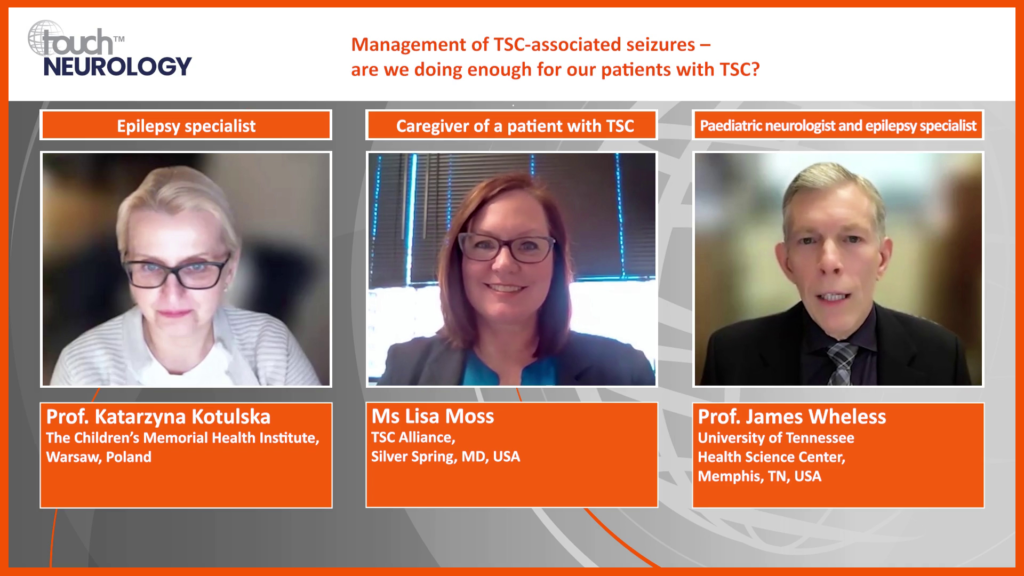
MDT specialists and a caregiver of a patient with tuberous sclerosis complex (TSC) discuss current and emerging management strategies for TSC-associated seizures.









The coronavirus disease 2019 (COVID-19) pandemic has led to unprecedented illness and death among the global population. Severe acute respiratory syndrome coronavirus 2 (SARS-CoV-2) infection can range from mild upper respiratory symptoms that subside with no lasting effects to multiorgan system failure ...
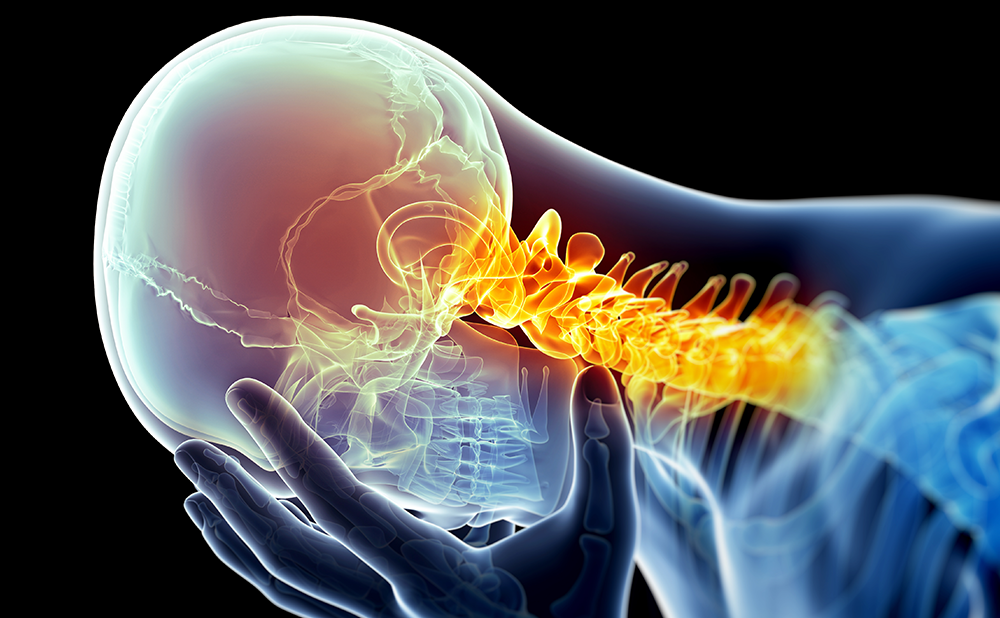
Photophobia is a complex disorder that can involve aversion not simply to bright light but to spatial patterns, colour and flicker.1 It is common in neurological diseases that involve the visual system,2 of which migraine is the most prevalent. Tinted ...

Posterior reversible encephalopathy syndrome (PRES) is a syndome characterized by a combination of clinical and radiological features.1–3 Its global incidence is unknown. It is underdiagnosed probably due to limited awareness. PRES presents with the rapid onset of neurological symptoms, such ...
Latest articles videos and clinical updates - straight to your inbox
Log into your Touch Account
Earn and track your CME credits on the go, save articles for later, and follow the latest congress coverage.
Register now for FREE Access
Register for free to hear about the latest expert-led education, peer-reviewed articles, conference highlights, and innovative CME activities.
Sign up with an Email
Or use a Social Account.
This Functionality is for
Members Only
Explore the latest in medical education and stay current in your field. Create a free account to track your learning.

